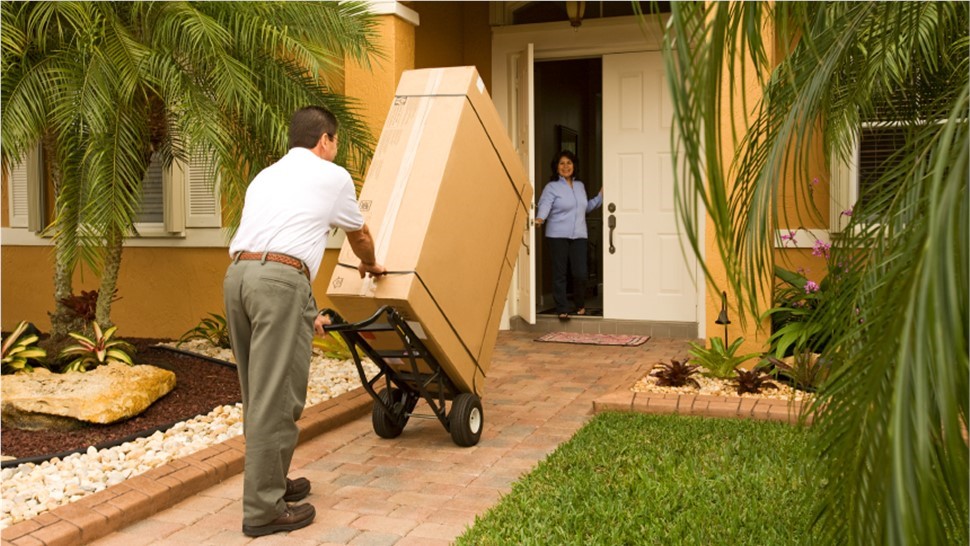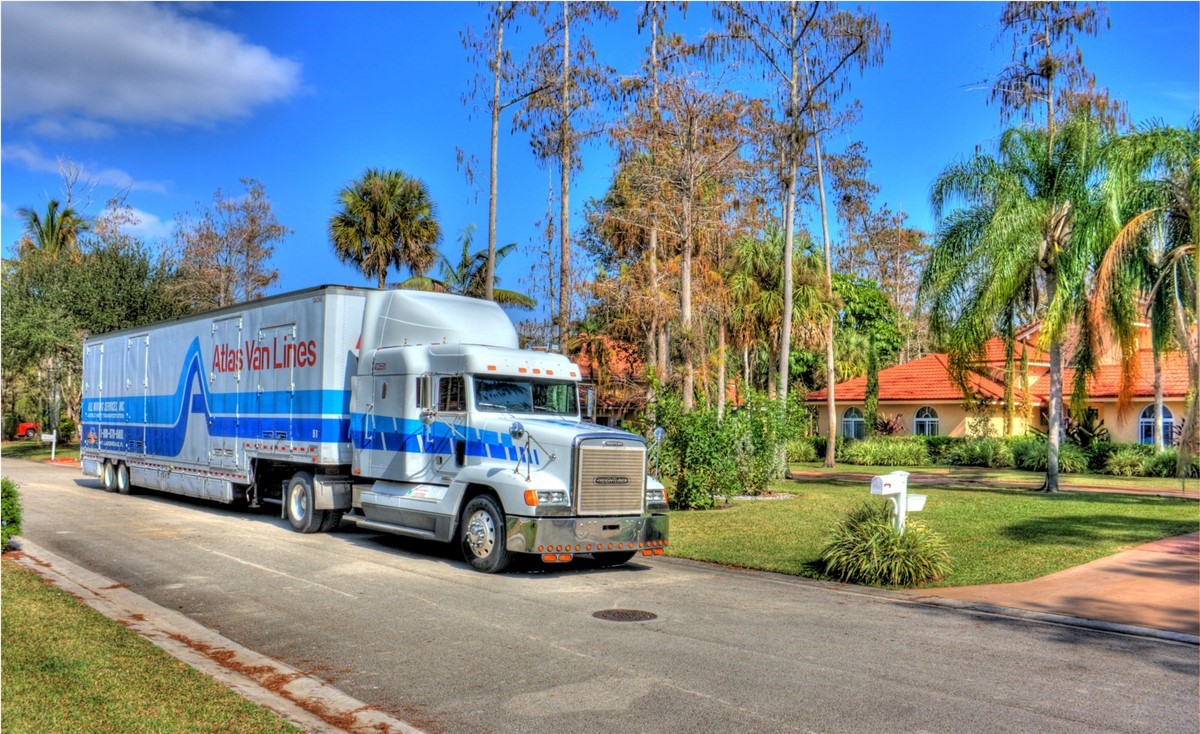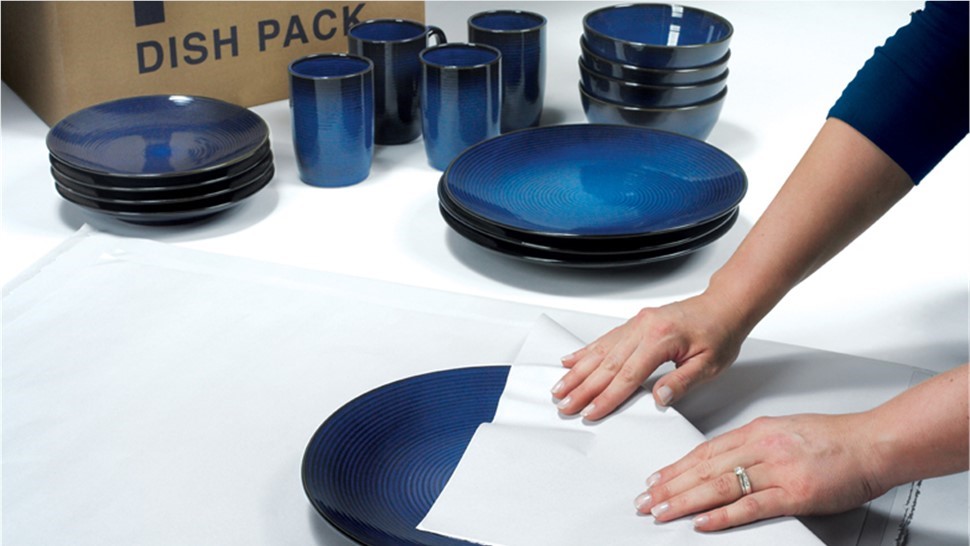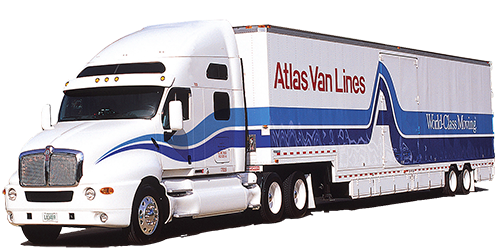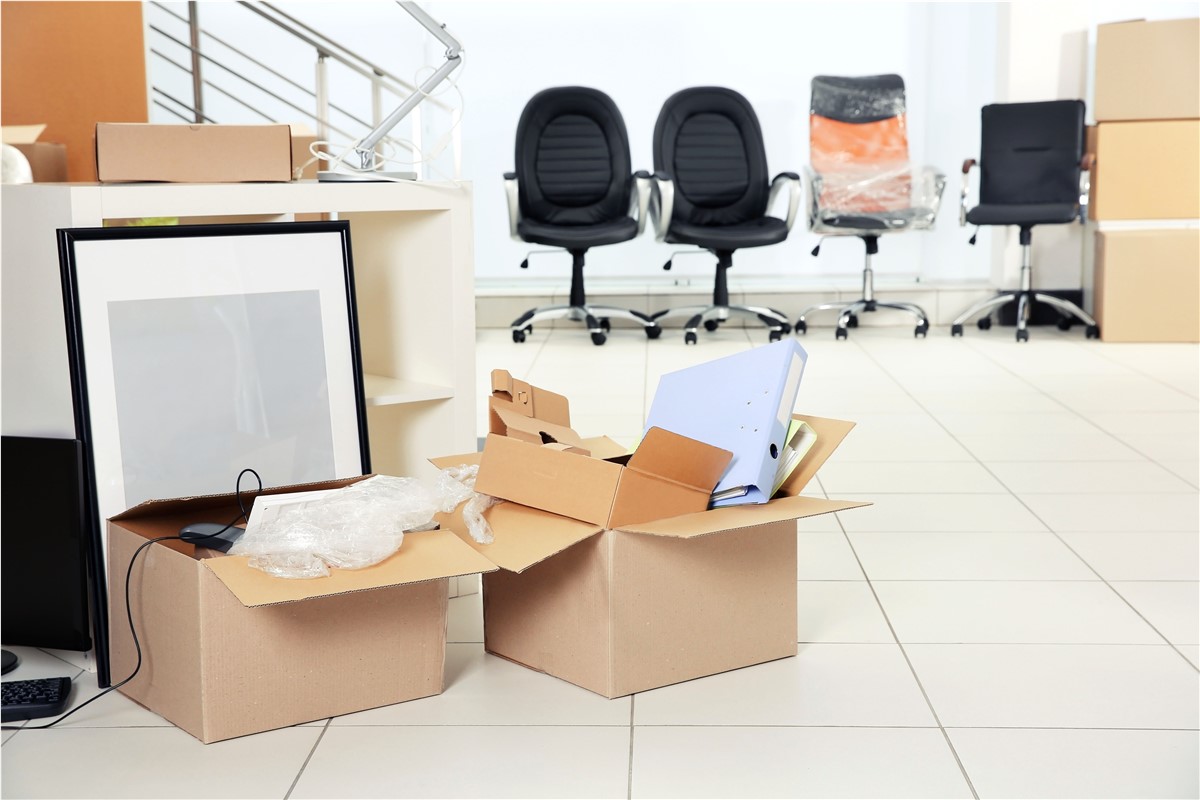
Coordinating a commercial move is a gargantuan task, especially for companies with more than a few people at the helm. You'll not only be moving your assets and modular furniture, but also merchandise, and documents. If this is part of a long-distance move, you'll also need to relocate your employees.
No company can manage this process alone. Which is why moving and storage experts are brought in to take care of most of the heavy lifting, transport, and storage. However, your team will still be responsible for certain tasks, such as creating an inventory of company assets and keeping track of them.
Building an Inventory List
Every business should make a point of creating an inventory list to record and track their assess during and after the move. Sometimes, these take the form of an FF&E list, which is short for Furniture, Fixtures, and Equipment. The FF&E list includes all the items that are not physically attached to the building and can be moved. FF&E lists are also used by accountants to keep track of which assets a company owns at any point in time.
Whether you call it an FF&E or an inventory list of your items, it should contain detailed information about each and every item the company owns. Here's a quick run down of what to include in the list:
- Item Description, Such as HP Desktop Computer
- Model & ID Number, if Relevant
- Item Condition, Such as Good, Scratched, Non-working
- Purchase Date & Cost
- Current Estimated Value
- Number of Items, if there are Multiples of the Same
- Current Location of the Item
- New Location of the Item as the New Office
If you have the warranty and receipt for each item, it's also a good idea to store them with the FF&E list for future reference.
Building an Inventory
Small companies may not have had to create an inventory of their assets before a move. So, it can seem like an overwhelming task when even a small building can contain thousands of items. It's not as time-consuming as it seems to create this inventory, as most items are bought in bulk, so they are identical. Many other very small items may not need a receipt or warranty paperwork anyway.
A good way to start is with a visual assessment to see what is in your office or building. Walk from room-to-room with the inventory spreadsheet, taking note of everything you see. Try to be as descriptive as possible, such as recording computer models and counting the number of desks and chairs.
The list can even be organized by room, so you have an easier time reconstructing offices and other spaces at a new location later. Don't forget to check small out-of-the way rooms, such as bathrooms, printing rooms, and storage closets. Everything your company owns should be on that list.
It can also be a good idea to take pictures or create videos of company assets to show their current condition. If categorizing by room, you can walk through the room slowly while recording a video of everything in the room.
Make sure to show the front and back of chairs, desks, and computers or other bigger assets. Take separate videos and pictures of expensive equipment, such as commercial printers and servers.
Learn More About Making a Commercial Move with American Fargo
At American Fargo, we can help you with the commercial moving process. From records storage and management to furniture transport, our team makes any office move a breeze. Our Southern Florida moving and storage company also offers:
- Residential Moves
- International Moves
- Logistics
- Storage Solutions
To set up a free consultation with a commercial moving expert, give us a call today. We'll also be happy to help you put together a free quote for your relocation.
Subscribe to American Fargo's Blog


